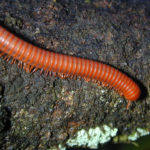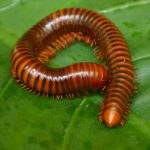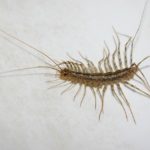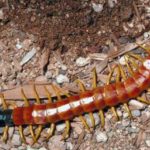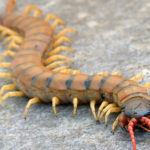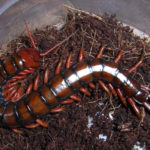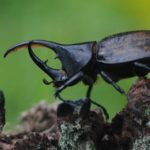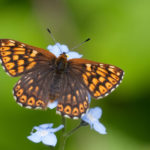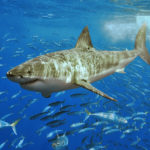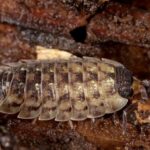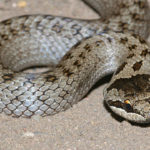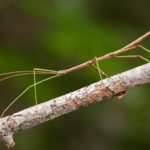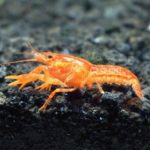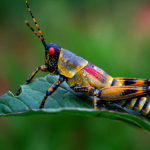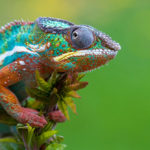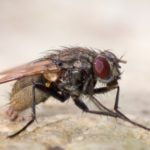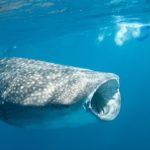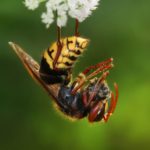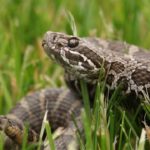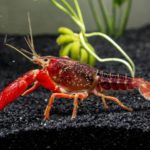Millipedes – information
 Millipedes – a superclass that combines four classes of terrestrial arthropods. Typical representatives of millipedes: scolopendra california and scolopendra giant, drupe, common flytrap, kivsyaki.
Millipedes – a superclass that combines four classes of terrestrial arthropods. Typical representatives of millipedes: scolopendra california and scolopendra giant, drupe, common flytrap, kivsyaki.
Currently, scientists have described more than 12,000 species, including 11 fossil species (most of them – about 8,000 – Diplopoda). The length of millipedes varies between 2 mm and 35 cm.
The head consists of 4-5 segments. Behind the head is a relatively uniformly segmented body, not subdivided into sections, but with a pronounced tendency to diplugate (pairwise fusion of segments).
The number of legs in different species of this superclass varies from 750 (Illacme plenipes) to 10 or less legs.
The oldest fossil representatives of the superclass of the millipedes (Pneumodesmus newmani of the two-legged class) were found in layers dating from the late Silurian period (about 428 million years old).
Molecular analysis indicates that as an independent treasure this superclass took shape already in the Cambrian period, which is partly confirmed by fossil finds reminiscent of millipedes. As of 2005, P. newmani was known as the oldest discovered terrestrial animal.
Traditionally, the millipedes were regarded as the closest relatives of insects with which they were united in the Uniramia taxon (single-branched, according to the structure of the limbs) or Atelocerata (incomplete, by the nature of the specialization of the head limbs). At present, there are several hypotheses about the systematic position of millipedes.
Some believe that the millipedes , although they refer to Mandibulata, together with crustaceans and insects, can not be regarded as the closest relatives of the latter. A number of authors even remove millipedes from Mandibulata and bring them closer to chelicer. Most researchers still hold the view that millipedes are a sister or paraphyletic group in relation to insects.
In the first case, the monophilia of the millipedes themselves is recognized. As synapomorphies, the secondarily dissected upper jaws or mandibles, whose structure differs from the monolithic single-segmented mandibles of insects and crustaceans, are specified in a specific way, as well as the indicated tendency to diplugate. However, some of the signs indicate that diplays can also be found in insects (Dimalata).

